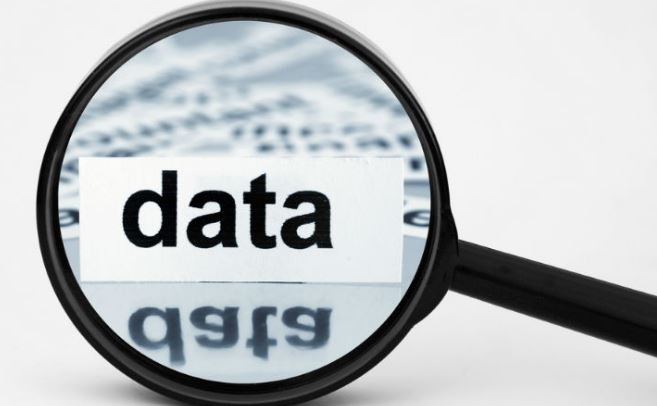Data loss is one of the major concern for any smartphone or computer user. Your Data is priceless, and we never want to loose them. Data could be in the form of some beautiful memories that you have captured as photos/videos on your smartphone, or it could be a valuable document that is worth more than a hundred laptops.
How to Deal with Unexpected Data Loss

There could be different reasons that may lead in loss of data. A user may loose data, because the device got infected, it was formatted without a backup, system crashed, someone stole your computer or smartphone, or the device failed to boot, a common issue with many Windows computer. So what precaution do you take to keep your data safe?
Here are some tips to avoid data loss.
- Always keep the back up of important data on the cloud and/or on external storage. You can use Google Drive, OneDrive etc. for free to store a large amount of files. Google’s Photos app is also very useful, because it let users keep unlimited number of photos and videos without any size restriction
- Use a genuine anti virus software on your system to avoid getting infected by malware or virus. Cracked apps usually contain malware, so it can even make it worse.
- Keep your smartphone/computer locked with a security key/password.
- Avoid installing untrusted softwares, it may cause system crash or boot failure.
- Always install latest updates of operating systems, it brings fixes and patches for vulnerability.
How to Recover Lost Data?

Lost data can be recovered using backup disk or recovery software. If you already have a backup on the cloud or on external drive, you can easily recover. For example, an iPhone user has the option to make a full backup using iTunes software on Mac and Windows. Once the backup is created, iPhone user has nothing to worry. If he loses the data for any reason, he can connect iPhone to the computer. Follow the instruction shown on iTunes app, and recover all the lost data.
However, most of the users don’t really backup their data, and the only solution for them is to use a recovery software. There are many data recovery softwares that you can find, but many of them are fake, and they don’t help in recovery. Data Recovery softwares are usually not free, but they allow to recover a limited amount of data as trial.
For example, EaseUS free data recovery software let users recover 2GB data, and it should be enough to test an application if it can really re-cover the data or not. If you find the app useful, you can get the full version to recover more files. 🙂
Join 25,000+ smart readers—don’t miss out!





